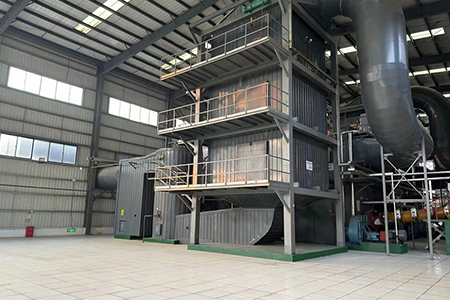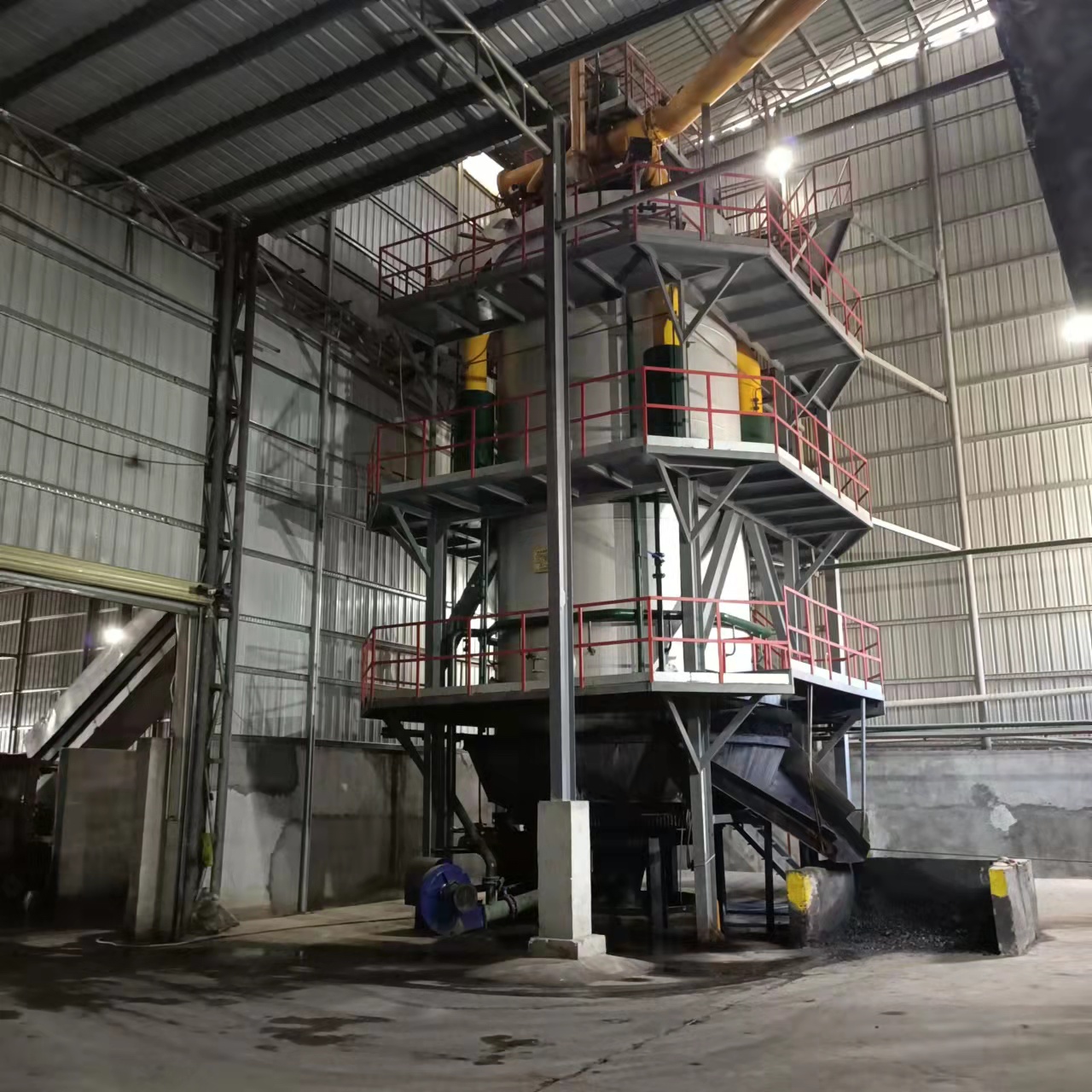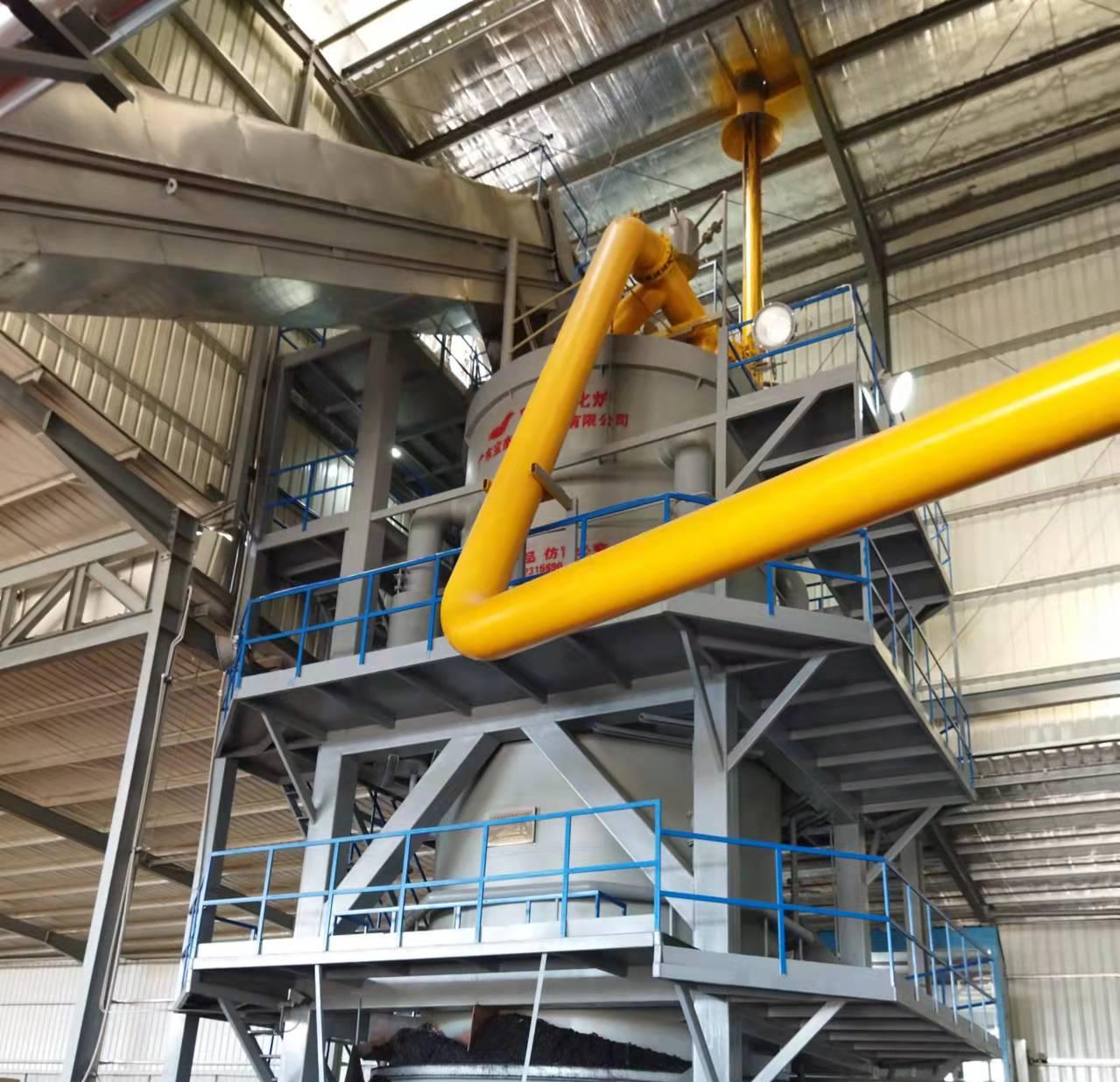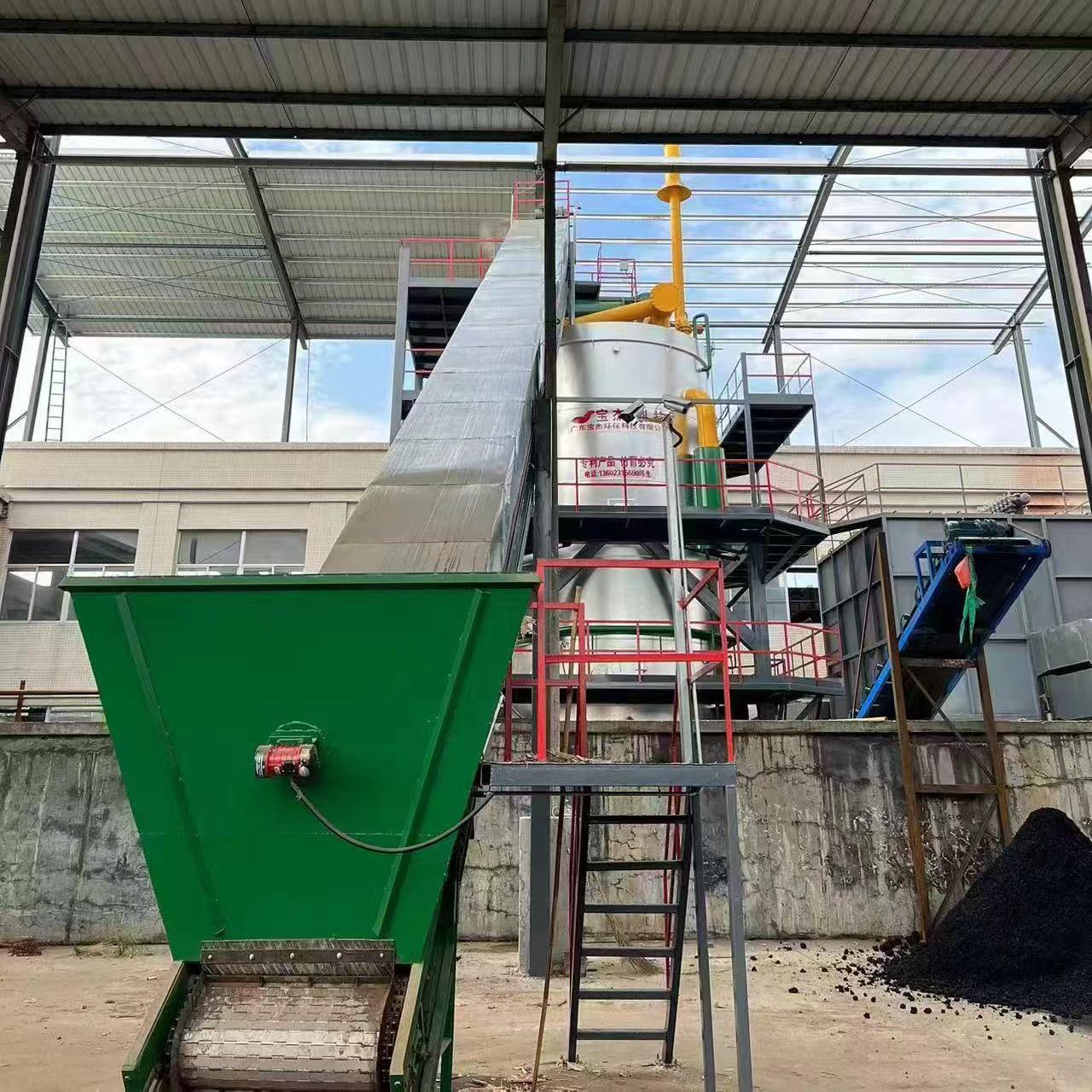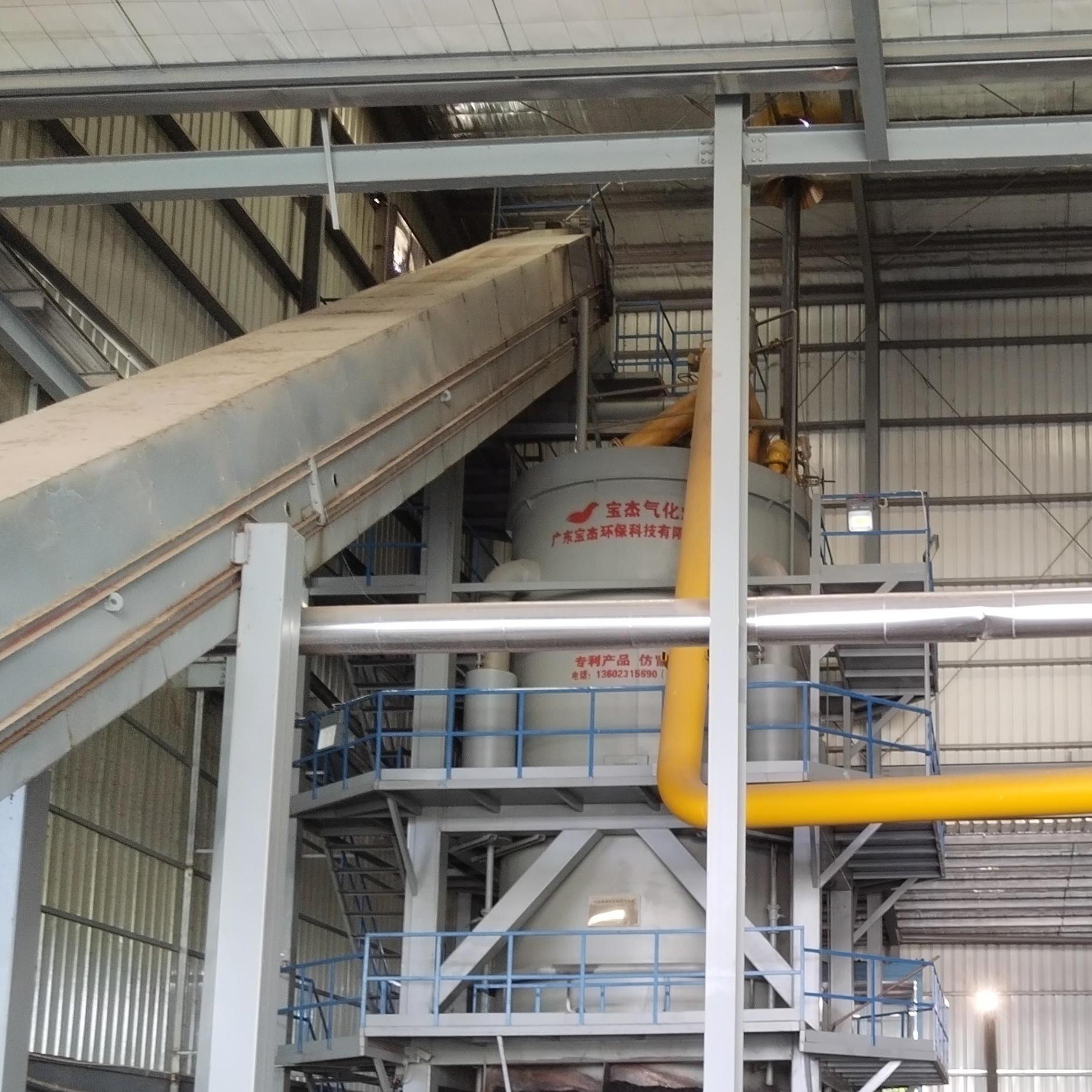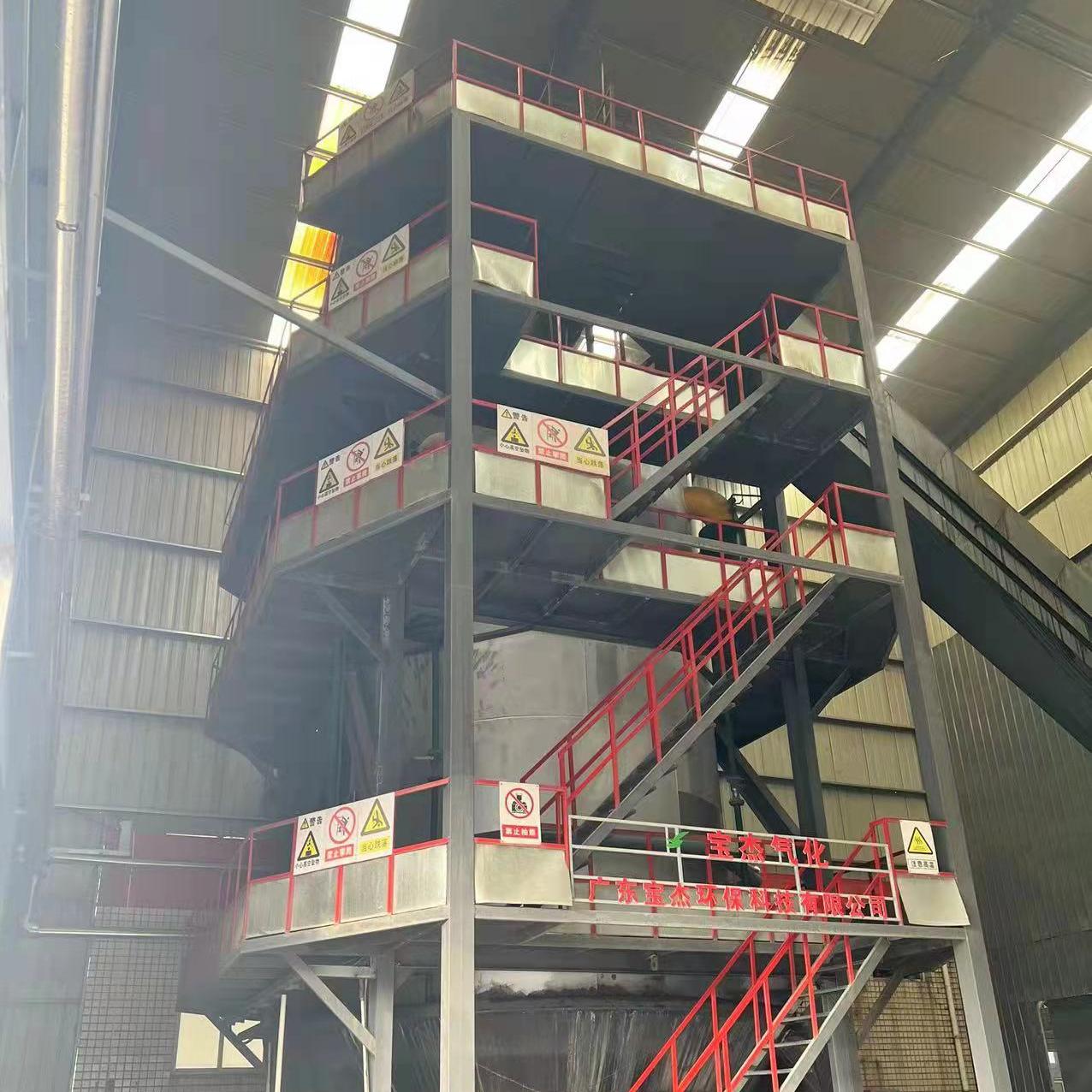R&D and manufacture of biomass gasification equipment, environmental protection equipment, boiler equipment, investment in heating (steam) energy operation and management.
Tel:+86 0769-82928980
E-mail:[email protected]
Web Menu
Product Search
Exit Menu
Industry News
What is the difference between pyrolysis and biomass gasification?
In the field of renewable energy, the efficient use of biomass energy has always been the focus of research and industrial development. Two common biomass thermochemical conversion technologies, pyrolysis and biomass gasification, are often confused. Although they are both thermal treatment methods, they are significantly different in terms of process temperature, reaction environment, product form and application direction.
Biomass gasification is the partial oxidation of biomass at a higher temperature (about 800~1200℃) with the participation of limited oxygen (or air/water vapor). The main product is combustible gas (synthesis gas), such as hydrogen, carbon monoxide, methane, etc.
Products and application directions
The products of pyrolysis are more diversified:
Bio-oil can be used for refining, combustion or further processing as chemical raw materials;
Biochar can be used for soil improvement, carbon sink storage, etc.;
The gas component content is low and the calorific value is not high.
The main product of gasification is synthesis gas, which has high flammability and can be applied to:
Distributed power generation system;
Replace natural gas for industrial boilers;
Source of chemical raw materials (such as methanol synthesis);
In the future, it can also be used for hydrogen production and energy storage systems.
Comparison of equipment and energy efficiency
The structure of pyrolysis equipment is relatively simple and the energy consumption is low, but the oil quality is unstable and the water content is high.
The technical requirements of gasification equipment are higher and the system is complex, but the gas product is cleaner and the calorific value is stable, which is suitable for long-term industrial operation.
Environment and economy
Since pyrolysis contains almost no oxygen, the polluted gas emissions are less, which is suitable for small-scale treatment.
Although gasification has some NOx or tar problems, it is still a clean energy solution if a gas purification system is configured.
From an economic point of view, the initial investment of the gasification system is larger, but it has long-term benefits in large-scale power generation or industrial gas use.
Although both pyrolysis and biomass gasification belong to biomass thermochemical conversion technologies, they have different target products, different reaction conditions, and obvious differentiation in application directions:
If the goal is to obtain liquid fuel and solid carbon resources, pyrolysis is a more suitable choice;
If you want to obtain sustainable gas for power generation or replace natural gas, biomass gasification is more advantageous.
In the future green energy system, the two can complement each other and develop synergistically according to specific needs, and jointly promote the efficient and clean use of biomass resources.
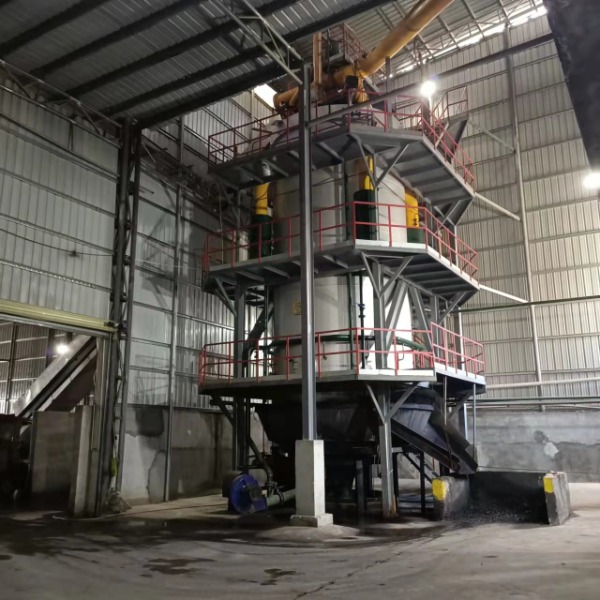
Quick Links
Products
contact Us
 Tel: +86 0769-82928980
Tel: +86 0769-82928980 Fax: [email protected]
Fax: [email protected] E-mail: [email protected]
E-mail: [email protected] Company Address: Dalang Chamber of Commerce Building, No. 288 Yinlang South Road, Dalang Town, Dongguan City 13333, China
Company Address: Dalang Chamber of Commerce Building, No. 288 Yinlang South Road, Dalang Town, Dongguan City 13333, China Factory Add:
West side of Centre Road and south side of Zhongyuan Road within Hongcaoyuan, Hongcao Town, Shanwei Urban District
Factory Add:
West side of Centre Road and south side of Zhongyuan Road within Hongcaoyuan, Hongcao Town, Shanwei Urban District
Copyright© 2022 Guangdong Bao Jie Technology Co., Ltd.All Rights Reserved.


 EN
EN 